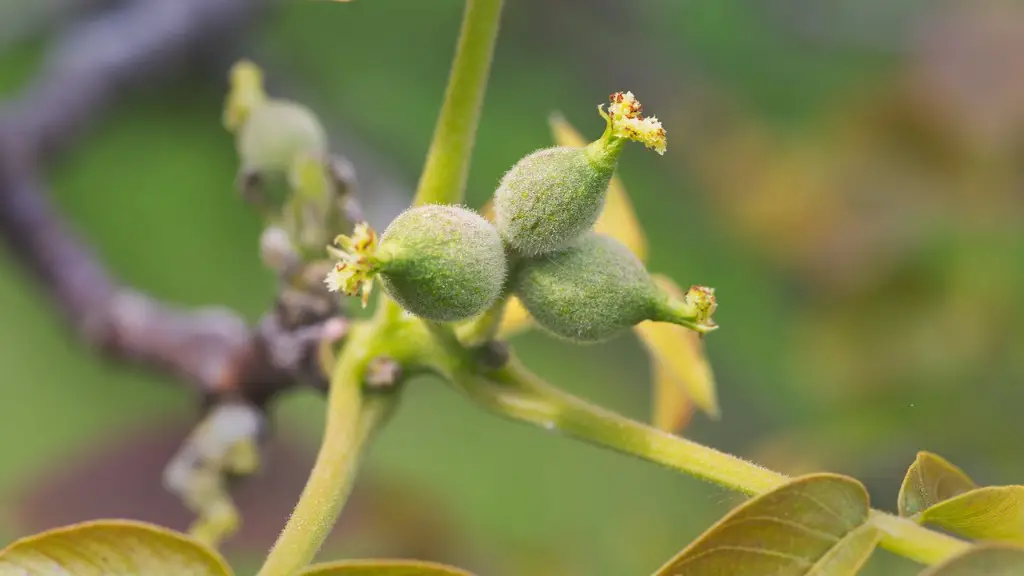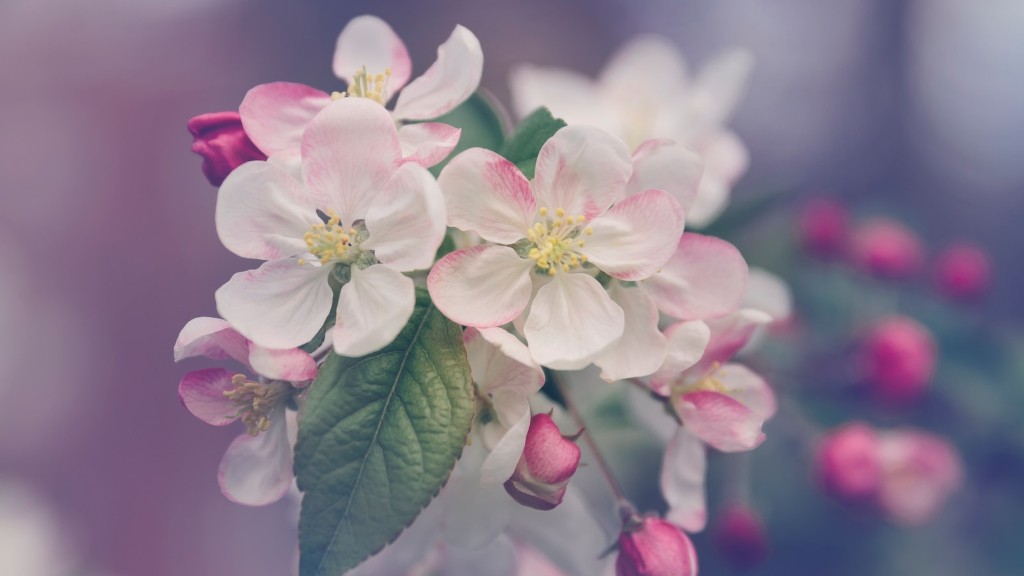When it comes to Meyer Lemon trees, knowing when to bring it indoors is crucial for optimal growth and health. Winter is a difficult season for lemon trees, and it is important to know when to bring them into your home and provide superior indoor care. Generally speaking, Meyer Lemon trees should be brought indoors before the temperatures dip below 40°F for more extended periods of time. The best time to bring the lemon tree indoors is late September or early October.
Meyer Lemon trees prefer humid climates and are best suited for indoors during their winter months. If taken indoors during the winter, they should be placed in an area that receives abundant sun and has temperatures around 65-70°F. Additionally, they should be kept away from any sources of direct heat, as temperatures greater than 75°F can be damaging to the tree. It is further recommended to provide daily misting of the tree leaves and to put a tray of water near the tree to help increase the humidity.
Lastly, Meyer Lemon trees should be fertilized every couple of weeks while they are indoors. As they will not be exposed to the natural elements, they will require a nutrient-rich fertilizer to continue development and health. It is also important to make sure that when bringing the lemon tree into any home, that it is thoroughly inspected for bugs and other microorganisms. Doing this will help maintain a healthy environment and ultimately result in stronger fruits during the harvest season.
Fertilizing Outdoors
To ensure that the Meyer Lemon tree gets the nutrition it needs, Southern California gardeners should fertilize their trees during the growing season. Fertilizer should be applied according to package instructions, but using a low-nitrogen mixture such as an 8-8-8 ratio is recommended. If the Meyer Lemon tree is located near other citrus, it is important to avoid overfertilizing so to protect nearby trees. An application once every 6-8 weeks should be sufficient to maintain proper nutrition.
It is further worthwhile adjusting the fertilizer application schedule based on timing and soil health. For example, the fertilizer should be applied before the fruiting stage and while the tree is actively growing, as this will ensure that the desired nutrition reaches the roots. After all, a properly fertilized Meyer Lemon tree will produce larger and more flavorful fruits during the late spring and summer seasons.
In addition, much of the nutrients that the tree needs can also be fed through compost. Compost can provide the fruit tree with important micronutrients and can be used as a supplement to regular fertilizer applications. This is of particular importance as compost helps to create a nutrient-rich environment for soil microbes, allowing for them to contribute to the tree’s overall health.
Pruning
Before bringing the Meyer Lemon tree indoors, it’s important to do some basic pruning. This will help encourage the development of healthier branches and more prominent fruits. It is beneficial to clip off any weak or dead branches as they can sap the energy from the tree and inhibit further development. Additionally, pruning can help make it easier to bring the tree indoors and will remove excess foliage.
It is also important to trim off any dry or brown leaves. This will help the tree retain more of the moisture and will prevent certain diseases from occurring. As a bonus, the tree will visually appear more vibrant and lush. Further, removing branches that are infested by pests can help reduce their spread by eliminating these locations. Lastly, it is important to regularly inspect the tree before bringing it indoors as this will help ensure that it is in overall good health.
Bugs and Pests
One of the many challenges of Meyer Lemon trees is controlling the various bugs and pests that can inspire. The most common pests that affect Meyer Lemon trees include ants, mealybugs, thrips, and scale. These pests can be controlled by periodically inspecting the tree and being aware of the symptoms. Additionally, it is recommend to fertilize with citrus polymerized oil, which helps to rid the tree of pests while also controlling the growth of fungal diseases.
It is also important to keep the soil well aerated. This will help maintain a healthy balance of soil organisms, allowing for beneficial microbes to help combat disease and pests. Further, using beneficial nematodes and introducing ladybugs can be another way to help keep the pests controlled, though natural means tend to be less effective than chemical treatments. Nonetheless, using a combination of cultural, biological, and chemical controls will help maximize the protection of the Meyer Lemon tree.
Careful Watering
Meyer Lemon trees are unique in how they react to water. While they will request a thorough soaking when the top few inches of soil are dry, they should not be overwatered as this can lead to root rot. Therefore, it is important to make sure that the soil is dry before watering the tree again. When bringing the lemon tree indoors, it is further important to inspect the planter and soil to ensure there is proper drainage.
The soil should also be inspected regularly to ensure it is not exposed to obnoxious temperatures. Lemon trees can’t take extended rounds of freezing or intense heat, and it is important to moderate the soil’s temperature for optimal growth and health. One way to help keep the soil’s temperature regulated is to add a layer of mulch over the soil. This will help to retain moisture and create a barrier that ultimately helps to keep the root system healthy and protected.
Providing Adequate Sunlight
Meyer lemon trees require a great deal of sunlight for optimal growth and vitality. When bringing a Meyer Lemon tree indoors for the winter months, it is important to find a window sill or other location that receives abundant and bright sunlight. During the summer months, it is also beneficial to take the Meyer Lemon tree outdoors to help promote its photosynthesis process.
It is also important to pay attention to the leaves. If they start to appear droopy and wilted, the tree may not be receiving sufficient sunlight and supplemental lights may be necessary. Additionally, it is important to avoid putting the tree in any drafty areas. This includes near air conditioners, fans, and open windows. Drafty areas can cause the tree to become dry as it fails to get the required moisture needed for growth.
Maintaining the Temperature
Meyer Lemon trees thrive in temperatures around 65-70°F. Anything below 40°F can be damaging to the tree, and should be avoided. When bringing the Lemon Tree inside, it is important to monitor the temperature and ensure it falls within this range. It is also important to make sure the temperature does not swing too much, as this can cause stress on the tree and stunt its development.
To maintain the temperature, it may be valuable to keep the tree inside during the cooler days and bring it outside during the warmer days. However, it is important to slowly expose the tree to outside temperatures so that it can get accustomed to the climate. Furthermore, keeping the tree away from any direct sources of heat can decrease the chances of the tree being damaged due to excessive temperatures.



